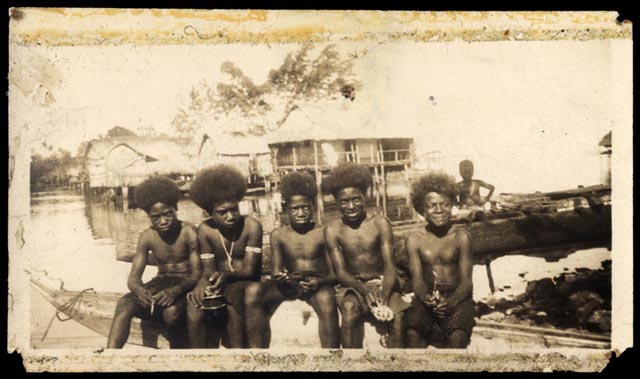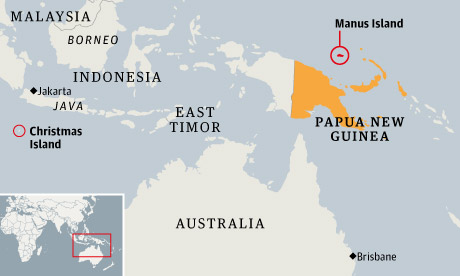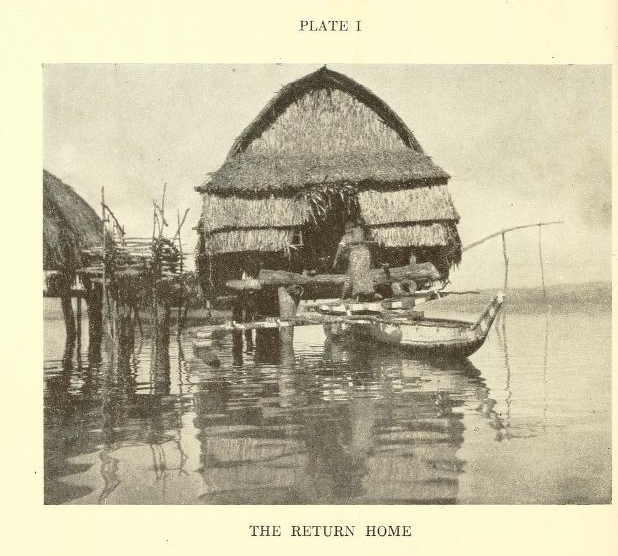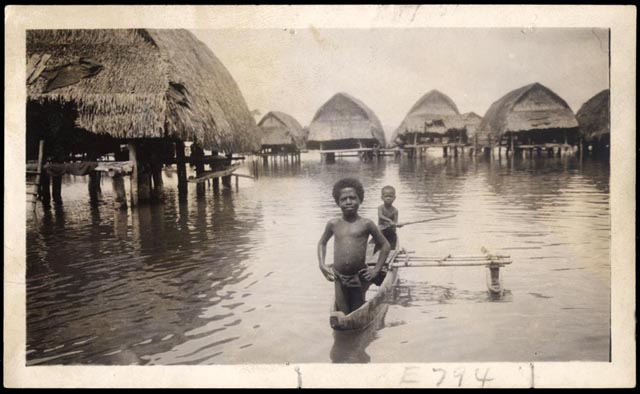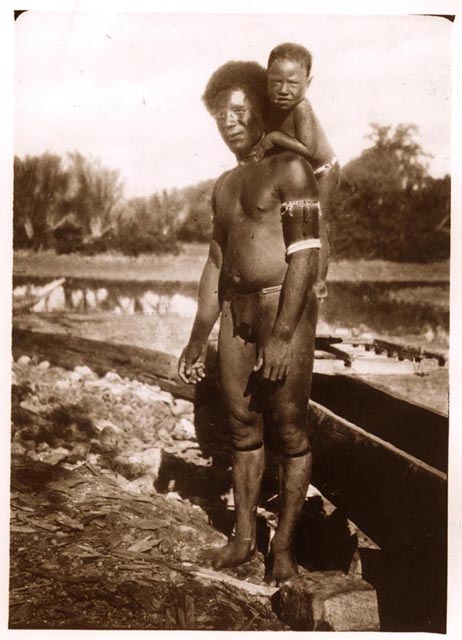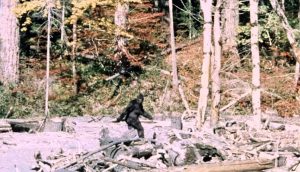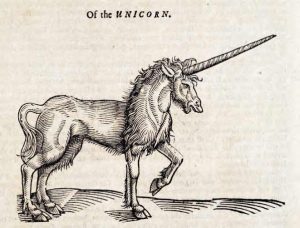Of Sea Slugs and Spirituality
As part of being an archaeologist I have to read a tremendous amount of books and scholarly journals, on a huge range of topics, relating to past societies and their ethnographic parallels. Whilst a good percentage of these works suffer from excruciating dullness I certainly do get to read about many interesting things. People eating meals garnished with the cremated remains of their parents, people drilling holes in other people’s heads to release the demons, people having sex with reindeer… all those cool things you never get to do when you grow up on a West Midlands housing estate…
A little while ago I read an amazing snippet in the introduction of ‘The life of the longhouse’, Peter Metcalf’s excellent book about the Land Dyaks, one of the head hunting peoples of Borneo. The passage in question, however, had nothing to do with Borneo;
“For many theologians it is still shocking to discover that the Manus Islanders, for example, lack all notions of gods, creators, or an afterlife… the Manus look forward to nothing more than becoming sea slugs, thousands of which litter the floor of the lagoon over which their houses are built.”
Now I’m not really into all that spiritual stuff, but this short passage contained the essence of a religion of such simplicity and elegance that I really had to find out more. I quickly discovered that the Manus religion was a bit more complicated than Metcalf suggested, but really the extra details just make it more appealing. Fortunately the anthropologist Reo Fortune undertook a detailed study of the Manus during the early part of the 20th century and his publications allow us to take a proper look at what was occurring.
The Manus were one of three distinct ethnic groups that inhabited the Manus Islands, an archipelago to the north of Papua New Guinea in the South pacific. Traditionally they lived by fishing and trading their surplus fish with the neighbouring ethnic groups. Whilst they truly seem to not have had any concerns for creation myths and an eternal afterlife, they did believe in souls, and the transition from a living person into a sea slug had several distinct stages. When people died they became ghosts, but their personalities remained intact, a worrying trait seeing that grudges held in the material realm were magnified in intensity after death. The ghosts continued the same jobs they had in life and there was the potential for them to get together and have ghost children if they were so inclined. They were even subject to the occasional visit from ghostly white tax collectors from Australia.
The son of a deceased man would place his father’s skull in the roof of his house and his father would become his personal ghost, protecting him and his household from the malevolent attacks of other ghosts but punishing the son and his household for any moral failures, particularly in regard to sexual misconduct. If the idea of your ghost dad getting in the way of your carnal desires is a little off putting, it is fair to say that the son would ultimately have the last laugh. Because the job of the ghost was to protect the son, when the son died it was seen as the failing of the ghost and the grandson would dispose of the useless ghost either by throwing the skull into the sea or smashing it to pieces on the rocks. The grandson would then replace his grandfather’s skull with that of his own father, who would take over the protective duties and the ghost of the grandfather would hang around at the edge of the sea until his name was forgotten by everyone living. At that point he would become a sea slug and the cycle of life would be completed.
Continued on next page…

